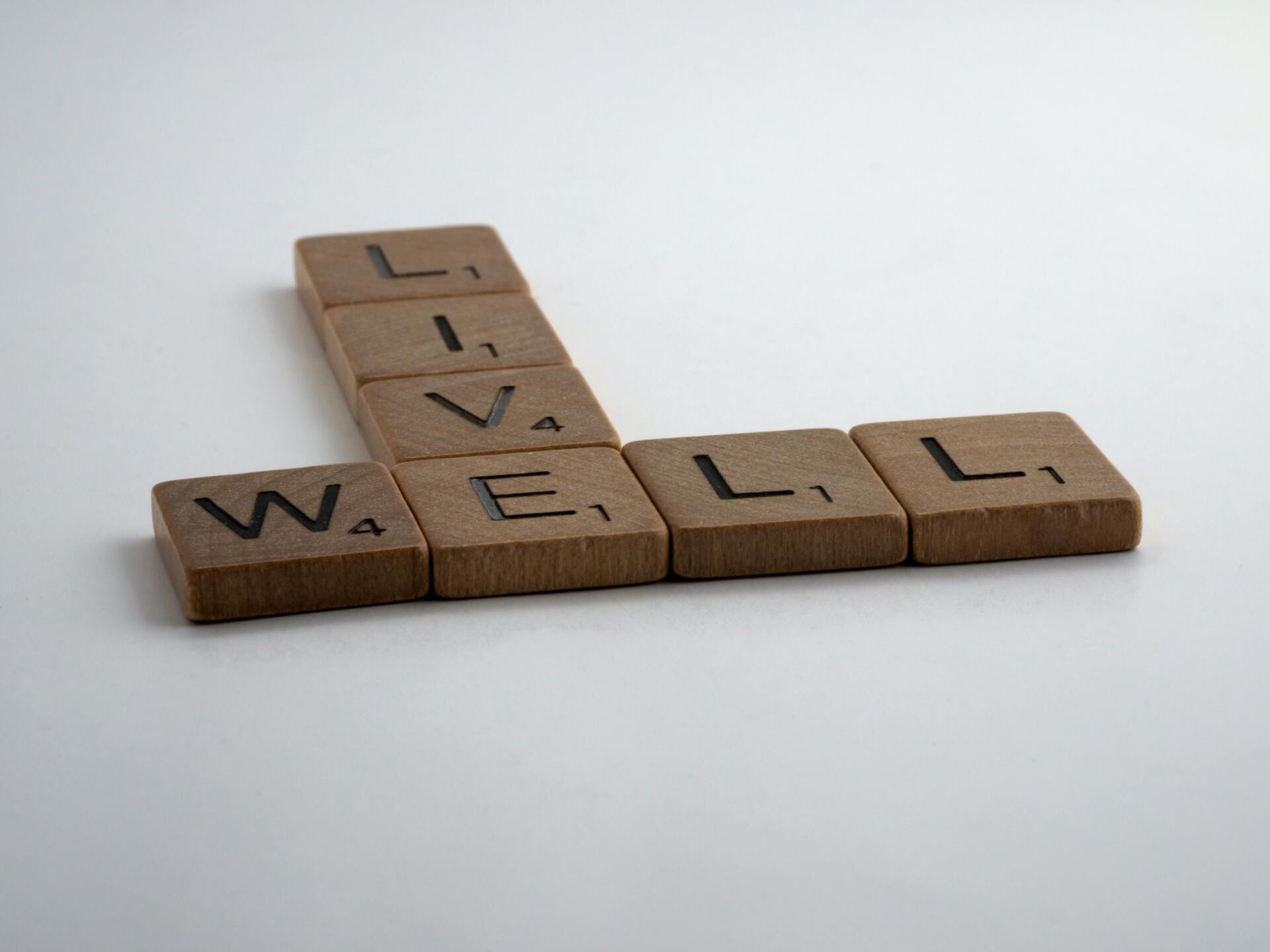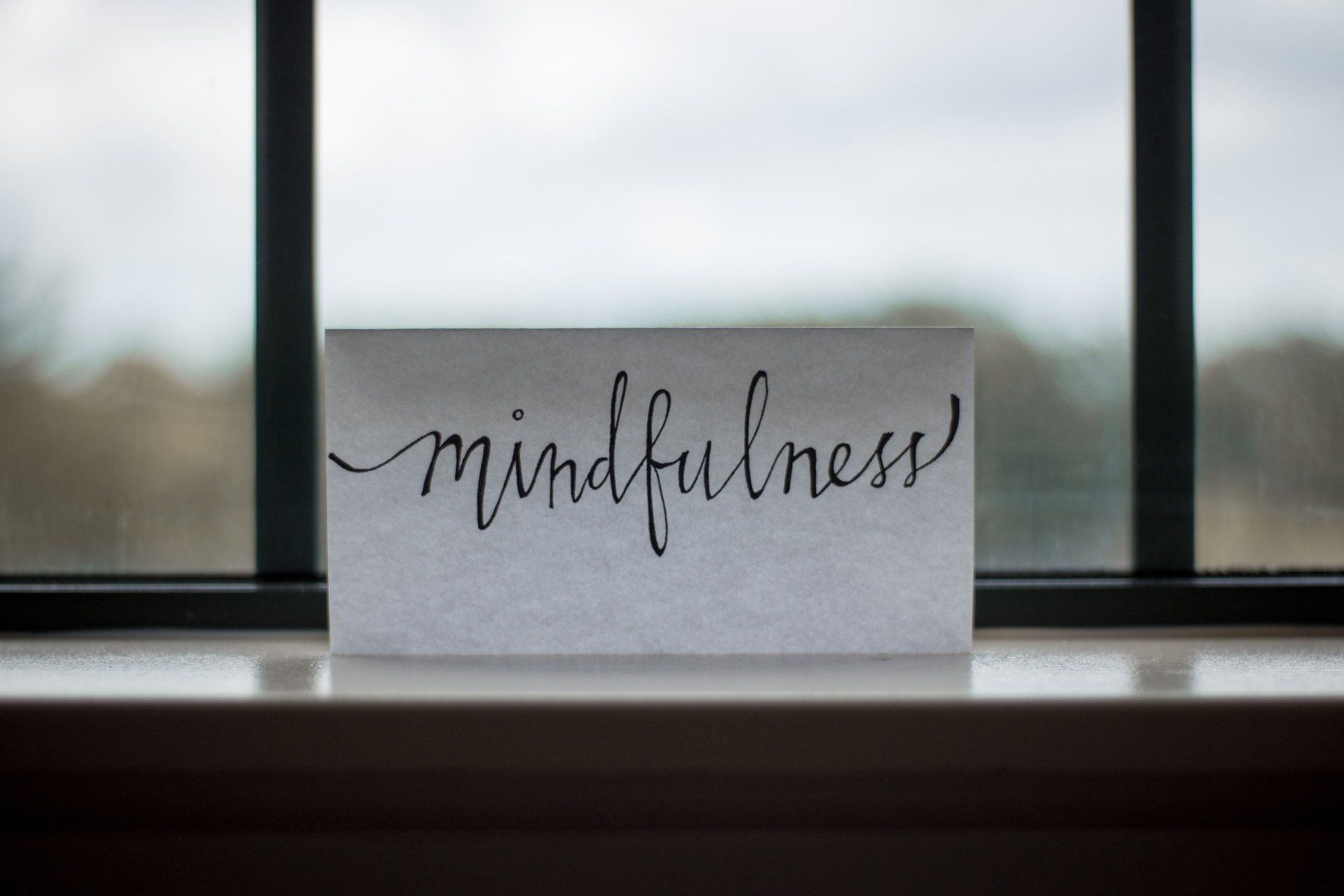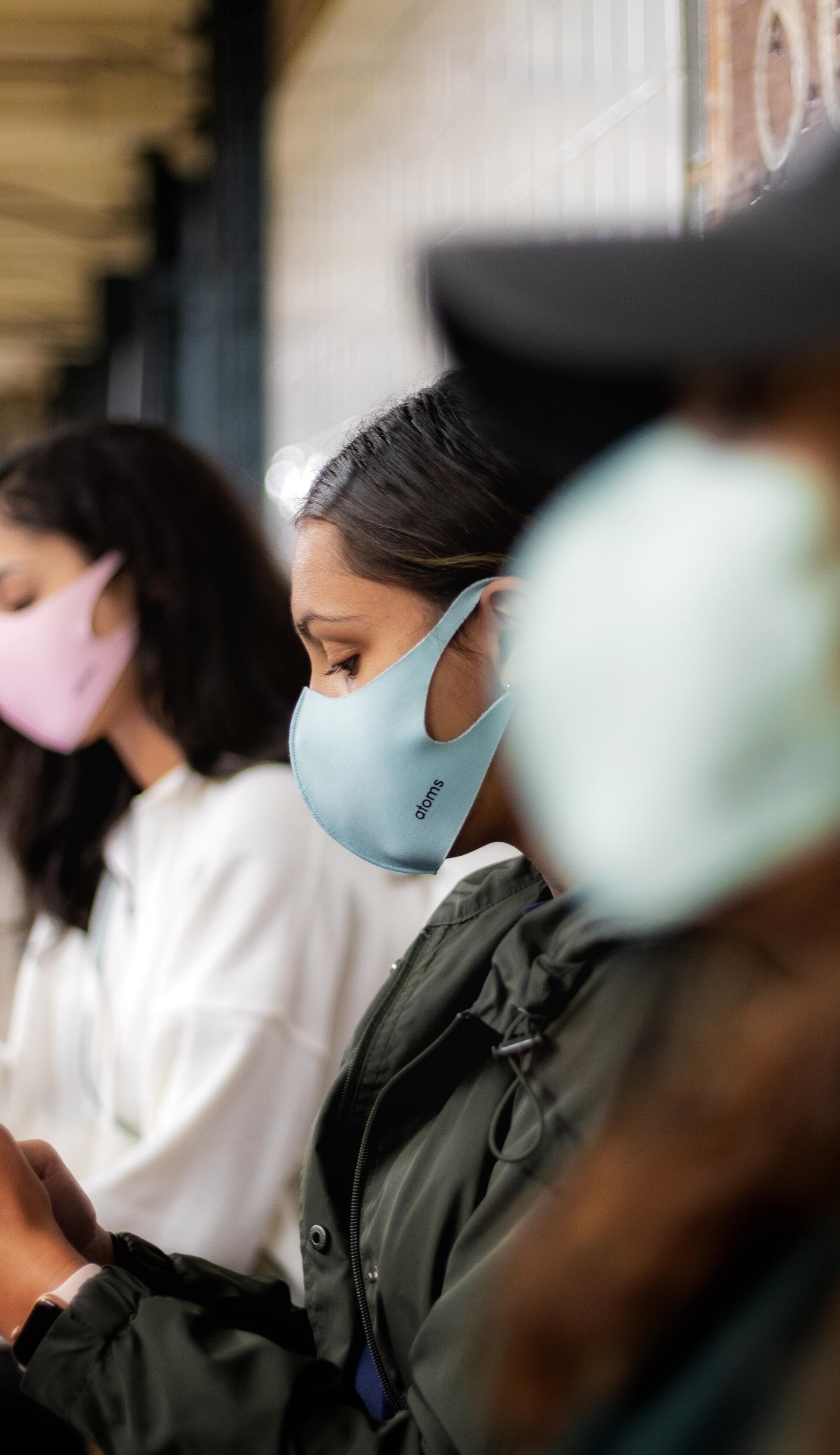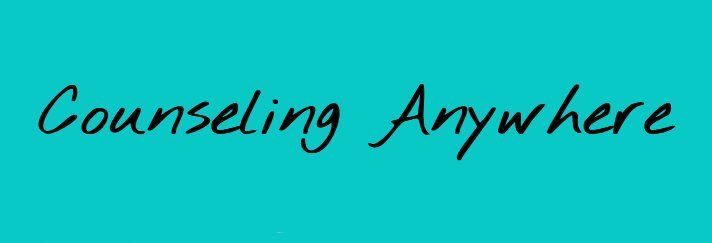How to Practice Mindfulness
https://www.psychologytoday.com/us/blog/what-matters-most/201509/how-practice-mindfulness-5-tips-no-one-has-told-you • March 5, 2021
5 Tips No One Has Told You

Mindfulness
is a paradox. It’s the easiest thing in the world and the hardest thing in the world. Let me explain. Look at your right hand. See the shades of color in your skin? Notice the lines on your palm and the lines that separate the segments of your fingers? Easy to see, right? You just brought mindfulness to your right hand in this moment. Now, consider the task of facing your deepest grief and sorrow. Or reflect on how it might be for you to bring your attention to extreme physical pain, hour after hour. Much more difficult to bring your curious
and open mindfulness to deep and real suffering, isn’t it?
But, you can cultivate your mindfulness. Here are 5 tips to find success with your mindfulness practice, whether you are new to mindfulness or someone who has been experiencing some hiccups in your practice.
Tip #1: Start with the easy stuff.
In order to boost your motivation and self-efficacy, build your mindfulness “muscle” by more closely sensing the natural warmth in your chest, the coolness of one sip of water, and the weight of your left foot when you take a step. At your next meal, pay attention to the flavors of not only your first few bites (the easiest parts of a meal to be mindful of) but several bites later.
Tip #2: Don’t meditate for 1 hour a day.
The traditional meditation lore has sometimes implored people to commit to 45 minutes to 1 hour of mindful sitting per day. This is wonderful for those who have high self-regulation and prudence, but as these are the least common character strengths around the globe, many people are excluded. There are now a large number of studies
that show people benefit from brief mindfulness practices. And, neuroscience is revealing that brief meditation practice can cause important changes in our brains.
In terms of time, there is no magic number. Instead, start with what you are willing to do to establish a routine — perhaps 5 minutes a day? Carve out the time, no matter how little, by linking it with something that will help you remember to do it — with a meal, as you get out of bed each morning, or before you start your car. Be consistent.
Tip #3: Practice ANY type of mindfulness you wish.
Go where your motivation is highest. I once created a regular mindfulness practice out of watching one of my sons play in the sandbox. Every day after he came home from school, we would go outside. He would sit in the sandbox and play and I would sit in a chair, alongside of him, quietly following my breathing and giving him undivided mindful attention. Actually, playing in a sandbox has been shown to be very hypnotic and absorbing in itself so perhaps my son was meditating while I was mindfully meditating as well!
The point here is don’t feel your practice MUST be a sitting meditation. Remember that the word “mindful” is an adverb that can describe any action you are taking. What are you most motivated to make a regular habit? Mindful walking each morning? Mindful eating of a snack in the evening? Or, mindful breathing outside as you overlook your backyard? Follow your motivation. But, do make note that there is a big difference between “going for a walk” and “mindful walking.”
Tip #4: Forgive yourself, repeatedly.
There’s a lot to be said about being compassionate and forgiving with yourself, especially when it comes to building in a new self-care practice like mindfulness. And, researchers in self-compassion have been having a field-day around the many benefits that come from self-compassion. Here’s the gist of it applied here:
When you forget to practice, forgive yourself.
When you get lost in busy-ness, forgive yourself.
When you are inconsistent with your daily practice, forgive yourself.
When your mind wanders incessantly, forgive yourself.
Spend MORE time thinking about what you did do than ruminating about what you didn’t do.
Tip #5: Use your natural energy sources.
When difficulties arise in your mindfulness practice, why not see them as par for the course? Since every person experiencing obstacles to meditation, why not view these as normal? Might you see them as opportunities to learn and grow from?
Your highest strengths of character
(called “signature strengths” by scientists) are likely to be your best and most energizing parts of you. Why not use these to your advantage?
Whatever character strength you are high in, consider how you can use it to overcome what is getting in your way. For example, use your strength in gratitude when your mind starts to wander a lot (expressing gratitude that you have a mind and that you’re able to be aware when it wanders off!) Use your prudence strength to plan out a schedule. Use your humility when discomfort arises in your body and curiosity when your mind continues to wrap around a worry. Here’s an article offering examples for each of the 24 strengths and how you can bring them to your mindfulness practice ("24 ways to make mindfulness stickier").
Author Ryan M. Niemiec, Psy.D., is the education director at the VIA Institute on Character.
Online: VIA Institute on Character, Twitter, LinkedIn
Click to see full article How To Practice Mindfulness
Reference:
Niemiec, R. M. (2014). Mindfulness and character strengths: A practical guide to flourishing. Cambridge, MA: Hogrefe.

Mindfulness encompasses a variety of definitions although most are similar in concepts. Mindfulness is described as an awareness that arises from purposely paying attention in the present free from any judgements. Mindfulness is a state of awareness of ones emotions, thoughts, and sensations when each occurs. A third definition of mindfulness is a nonjudgmental state of awareness of present experiences. Various interpretations exist dependent on the context in which mindfulness is being examined. For example, mindfulness can be examined in improving emotional regulation and as a coping tool for stress management. Mindfulness is being in the present moment in ones body in a fully conscious state, aware of ones own experiences without judgement or narrative- just being in the moment in the here and now with an acceptance of how things are; being aware of our own thoughts, emotions, sensations without being caught up in them- an outside observer of self with an awareness of the moment. Mindfulness can be used throughout the day when walking, eating, and whenever feeling emotionally “charged” to step back and observe internal experiences. Yoga, meditation, and breathing are a few ways to cultivate mindfulness. Being mindful allows for intentional actions and responses rather than living on autopilot without being aware. The benefits of mindfulness are plentiful, and a regular practice is beneficial for enhancing wellness. Being able to stop and really get into the here and now and out of automatic unconscious living enhances feelings of well-being and an ability to respond more effectively with emotional control. Mindfulness can improve experiences and interpersonal relationships alike. Mindfulness is Intentional Living. Give it a try and see what happens. How do you define mindfulness? How do you cultivate mindfulness in your daily life?

Each day in the United States, an average of 3.1 million COVID-19 vaccines are going into people’s arms. According to an April 9 White House briefing, a quarter of the country's adults are now fully vaccinated. The pandemic is not yet over, but vaccination could soon yield a much more normal life, especially for those who have been vaccinated. The Centers for Disease Control and Prevention, for example, now recommends that fully-vaccinated people can visit with each other indoors and travel without quarantining. But for many, reopening comes with its own set of anxieties. According to APA's Stress in America polling, around half of people say they feel uneasy about readjusting to in-person interaction post-pandemic. Ellen Hendriksen, PhD, a clinical psychologist at Boston University's Center for Anxiety and Related Disorders and author of How to Be Yourself: Quiet Your Inner Critic and Rise Above Social Anxiety , is an expert at clinical strategies for calming anxiety. She spoke to APA about what's driving post-pandemic anxiety and how psychologists can best help. What do you think is driving the anxiety many people are feeling about reopening? Anxiety is driven by uncertainty. There is so much uncertainty right now, from the vaccine roll-out to society reopening to the new normal workplace to the virus and the variants themselves. Every day there is more evidence that vaccines keep us and people around us safe, but there are lingering questions about how long immunity lasts, how susceptible kids are to COVID-19, and when they will get vaccinated. Nobody alive today has ever emerged from a global pandemic into a digital world and navigated this before. We're making it up as we go along, so of course we're anxious. Here at the Center, we have the longest waitlist in our 25-year history. So many people are emerging from the pandemic feeling exhausted, burned out, anxious, or depressed. Collectively, our resources are low, which makes it harder to navigate the layers of uncertainty. How can people handle social anxiety and awkwardness around different levels of comfort as places reopen? The fact that reopening is a moving target makes it difficult to align with other people. You and your bubble might be ready to dine in at a restaurant or get on a plane, but the family next door might have a child who is immunocompromised and is living as they were in January. There are more variables to manage compared with before the pandemic. Plus, social anxiety is driven by avoidance, and we've all been avoiding social interactions for the better part of a year. The fact that we're all rusty is going to make us feel wobbly as we re-enter. It's OK to say we don't know how to do this, and it's OK to ask people what they're comfortable with. That normalizes the uncertainty and awkwardness, and it's quite validating to say, “What are we doing?” or “How does this work?” It can help you feel like you are united with the other person against this larger problem, as opposed to negotiating one against the other. This is a strategy borrowed from couples therapy, where it is often highly effective. How can people feel more comfortable with re-entry? There's one question I've been getting over and over from people who struggle with social anxiety. They'll say, "I did so much work pre-pandemic to get to the point where I could give a presentation or raise my hand in class." They’re worried they’ll be back at square one when they are again in large groups. But social confidence is like a muscle. If you have done work on your social anxiety in the past, that architecture is still there. It will feel awkward at first, but it will come back faster than the first time around. As for feeling comfortable returning to everyday activities, there are dozens of points of re-entry. There will be a first time on public transportation, a first time in someone's house, a first time taking a rideshare. We'll work our way up to large gatherings. Just because you feel rusty or nervous doesn't mean you're doing it wrong. It means you're getting back out there. Your brain will recalibrate with experience. We all need love, support, and community. Studies show that the quality of our relationships predict our future health, happiness, and even longevity, so it's worth it to push ourselves a little to get the interaction we all need, even if we are the most introverted of introverts. What should psychologists keep in mind for helping their clients right now? Psychologists have a big job ahead of us. It may be hard to balance supporting and pushing our clients simultaneously. It’s important to support each individual’s comfort level and choices, but psychologists also need to notice and address life-limiting avoidance. These are anxious, uncertain times, but there is also a sense of hope and renewal. It is an honor that we as psychologists get to play a leading role. Article by Stephanie Pappas from the American Psychological Association (APA)

Imagine you are sitting in a car, and you are driving down a lonely highway. Suddenly, in the middle of nowhere, a warning light goes off. Your oil pressure is very low. If you just ignore it and continue your drive, you run the risk of doing serious damage to your engine. You know you can get a tow, but this is going to take a while. As you are considering your next step, you suddenly remember a trick about how you can short circuit the warning light. This would not change anything about the engine—it would still be starved for oil—but the low-pressure signal would no longer be blinking on your dashboard, and you could ignore it more easily. Here’s the question: Should you do it? Unless you are seriously intoxicated (at which point you shouldn’t be driving at all), you won’t hesitate to say “no” to that impulse. Rightly so. Turning off the light will not do anything for you. The light is just the messenger, and not the problem in itself. Instead, you would be better advised to take in the information and deal with the situation. This is easy and intuitive to understand when it comes to external problems like car maintenance. It’s much more confusing, however, when the problems occur internally. When we are confronted with difficult emotions like anxiety, depression, stress, grief, anger, or loneliness, we are quick to search for the off-button on our emotional dashboard instead of taking in the messages they contain. Make it stop! Give me the wine and cigarettes. Let me cancel this appointment. Engage me on social media. Show me the movies and video games. Do whatever, but just make it stop! This is often our first response when difficult emotions show up: We try to mute the signal. But emotions are not the problem. They are merely messengers. And the messages they carry deserve at least to be heard. They often contain important lessons, and can call us to helpful actions. Often they show us opportunities. What Emotions Can Signal Fear might show us that danger is up ahead, and we better prepare ourselves. Loneliness might urge us to prioritize close relationships. Grief might open us up to what is important and meaningful to us, while calling out for social connection and support. Your dashboard doesn’t need to be covered up. It needs gentle attention. No, the dashboard isn’t everything—you still have a road to see and navigate. When emotions arise, you can ask yourself: “What am I feeling right now?” and “Where can I feel it?” and “What does my emotion ask me to do?” and “What does this suggest I am yearning for?” No one turns their driving over to a dashboard, but questions like these help our emotions play their proper role. If it were just negative emotions, this “turn off the indicator” move would be bad enough, but we are similarly incompetent when it comes to positive emotions. Imagine noticing on your car’s dashboard that your fuel tank is full. Oh, joy! You want it to stay this way, and so you decide to rewire so that the gauge always remains full. And people avoid positive emotions too! When we feel joy, we sometimes focus on how we will feel when it goes away, so we try never opening up to joy at all. That would be like the person who just disconnects the fuel gauge altogether so that she will never be disappointed when the fuel runs out because she never allowed herself to notice it was full in the first place. All of this is self-defeating, and yet it’s exactly what many of us do when we feel happy or sad or anxious or hopeful or depressed or satisfied. We like feeling this way, and never want it to stop, and so we cling onto this pleasant feeling, in the hopes of never losing it. Or we detune so it won’t be noticed when it stops, as if being numb is the definition of happiness. We dislike feeling this way, so we push it away as if feelings are the enemy. Feelings are not just about like and dislike. They are how our past and present impact us. They help train our ability to notice what is present, based on what we’ve experienced in the past. They’re like dashboard gauges that help us adjust to the challenges of our life journey. Emotions are temporary. They aren’t meant to be avoided, nor are they meant to be clung to. They are meant to come and go, flowing through you in their own time. They contain important lessons when things are off, and beautiful rewards when things fall into place. Allowing emotions to be there when they occur, to listen closely to their message, to feel them fully with neither clinging nor needless defense, allows them to serve their proper role. Your emotions are not the problem, so feel fully, embrace the change, move forward, and learn how to drive. For more on the Author: Steven C. Hayes, Ph.D.


